As video editing technology continues to advance, more and more people are wondering whether a gaming PC can be used for professional video editing. After all, gaming PCs are powerful machines that can handle demanding tasks such as running high-end games and streaming video content. But are they really good for video editing?
The short answer is yes, gaming PCs can be used for video editing. In fact, many professional video editors use gaming PCs for their work. However, it’s important to note that not all gaming PCs are created equal. In order to use a gaming PC for video editing, you’ll need to make sure that it has the right components.
Processor
The CPU (Central Processing Unit) is an important component for both gaming and video editing, but the requirements for each task can differ. Here are the main differences to keep in mind:
Clock speed: For gaming, a higher clock speed is more important as it allows the CPU to process more instructions per second, resulting in a smoother gaming experience. For video editing, a high clock speed is not as crucial as the other features.
Core count: For gaming, a high core count is not as important as for video editing, where a high core count allows the CPU to handle more threads and improve performance when editing and rendering large video files.
Hyper-threading: Hyper-threading is a technology that allows a single CPU core to function as two logical cores. It can improve performance in both gaming and video editing, but more so in video editing as it allows the CPU to handle more threads simultaneously.
Power consumption: For gaming, high power consumption is not as critical as for video editing, where high power consumption can lead to thermal throttling and reduced performance.
Brand: Both Intel and AMD have high-end CPUs that are suitable for gaming and video editing, so brand is not the determining factor.
Overall, when configuring a CPU for gaming, you should prioritize high clock speed and a good number of cores, while for video editing, you should prioritize a high core count and Hyper-threading.
It is important to note that both gaming and video editing are demanding tasks, so it would be better to have a high-end CPU that can handle both tasks, such as the Intel Core i9 or the AMD Ryzen 9, which have high clock speeds, a high core count, and support for Hyper-threading.
Graphics Card
The GPU (Graphics Processing Unit) is a critical component of any computer tasked with either gaming or video editing. When designing a PC for one task or the other, there are some key differences:
CUDA cores or Stream processors: For gaming, a higher number of CUDA cores or stream processors is more important as it allows the GPU to process more instructions per second, resulting in a smoother gaming experience. For video editing, a high number of CUDA cores or stream processors is not as crucial as the other features.
VRAM: For gaming, a high amount of VRAM, such as 8GB or more, is recommended for high-end games. For video editing, a high amount of VRAM is important to handle large video files and complex effects.
Clock speed: For gaming, a high clock speed is more important as it allows the GPU to process more instructions per second, resulting in a smoother gaming experience. For video editing, a high clock speed is not as crucial as the other features.
Brand: Both Nvidia and AMD have high-end GPUs that are suitable for gaming and video editing.
Support for CUDA or OpenCL: For video editing, support for CUDA or OpenCL is important as it allows the GPU to handle complex tasks such as rendering and encoding.
A GPU for gaming should prioritize a high number of CUDA cores or stream processors and a high amount of VRAM. But for video editing, you should prioritize a high amount of VRAM, support for CUDA or OpenCL, and a good number of CUDA cores or stream processors.
A GPU like the Nvidia GeForce RTX 3080 or the AMD Radeon RX 6900 XT can handle both application types, since they have a high number of CUDA cores or stream processors, a high amount of VRAM, and support for CUDA or OpenCL.
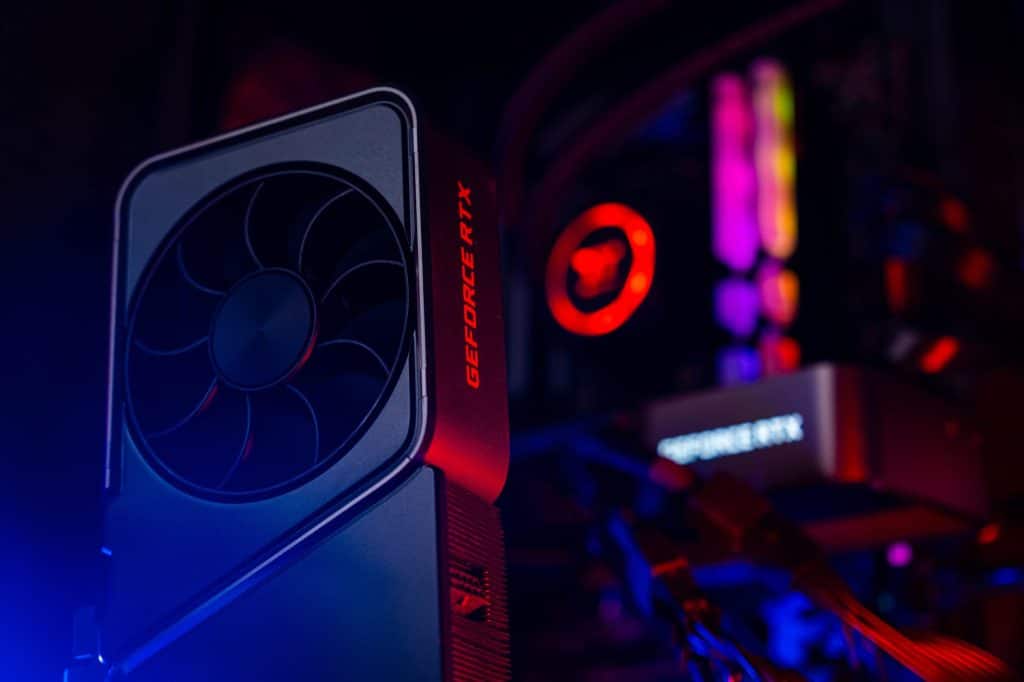
Memory
RAM (Random Access Memory) is critical to efficient PC performance, regardless of application. When comparing gaming and video editing, there are some differences to think about:
Capacity: For gaming, a lower amount of RAM, such as 8GB, is often sufficient. However, for video editing, a higher amount of RAM, such as 16GB or more, is recommended to handle large video files and multiple tasks at once.
Speed: For gaming, a high RAM speed is not as important as for video editing, where a high RAM speed can improve the overall performance when working with large video files.
Latency: For gaming, lower latency is more important as it allows the CPU to access the RAM faster, resulting in a smoother gaming experience. For video editing, latency is not as crucial as the other features.
Brand: RAM from reputable brands such as Corsair, G.Skill, or Kingston is generally considered to be reliable and compatible with most motherboards.
Type: Both DDR3 and DDR4 are common types of RAM, with DDR4 being the newer and faster version. For gaming, either type can be used, while for video editing, it is recommended to use DDR4 for better performance.
Gaming and video editing both require high-speed memory. But for gaming, you should also prioritize low latency. Whereas for video editing, you should prioritize a high capacity.
Having more RAM is generally better, especially if you plan to use your PC for both gaming and video editing, as it will give you more headroom and allow you to run more programs and tasks simultaneously without running out of memory.
Storage
Storage is important for both gaming and video editing, but those two tasks have some different requirements. Here are the main differences:
Capacity: For gaming, a lower amount of storage, such as a 512GB SSD, is often sufficient. However, for video editing, a higher amount of storage, such as 1TB or more, is recommended to store large video files and project files.
Speed: For gaming, a high storage speed is not as important as for video editing, where a high storage speed can improve the overall performance when working with large video files and project files.
Type: For gaming, either an SSD or an HDD (hard disk drive) can be used. For video editing, an SSD is recommended as it offers faster read and write speeds, which can improve performance when working with large files.
Brand: Storage from reputable brands such as Samsung, Crucial, or Kingston are generally considered to be reliable and compatible with most motherboards.
RAID Configuration: For video editing, a RAID configuration, such as RAID 0 or RAID 1, can improve performance and data protection by using multiple drives in parallel or mirrored.
Overall, when buying storage for either gaming or video editing, you should prioritize large capacity first. But for video editing, you should also prioritize drive speed and type of drive.
More storage capacity is almost always better – if you can afford it. This is especially true if you plan to use your PC for both gaming and video editing, as it will give you more space to store your games, videos, and project files. Furthermore, for video editing, it is also important to have a backup of your data, either by a secondary drive, an external drive, or a cloud service.
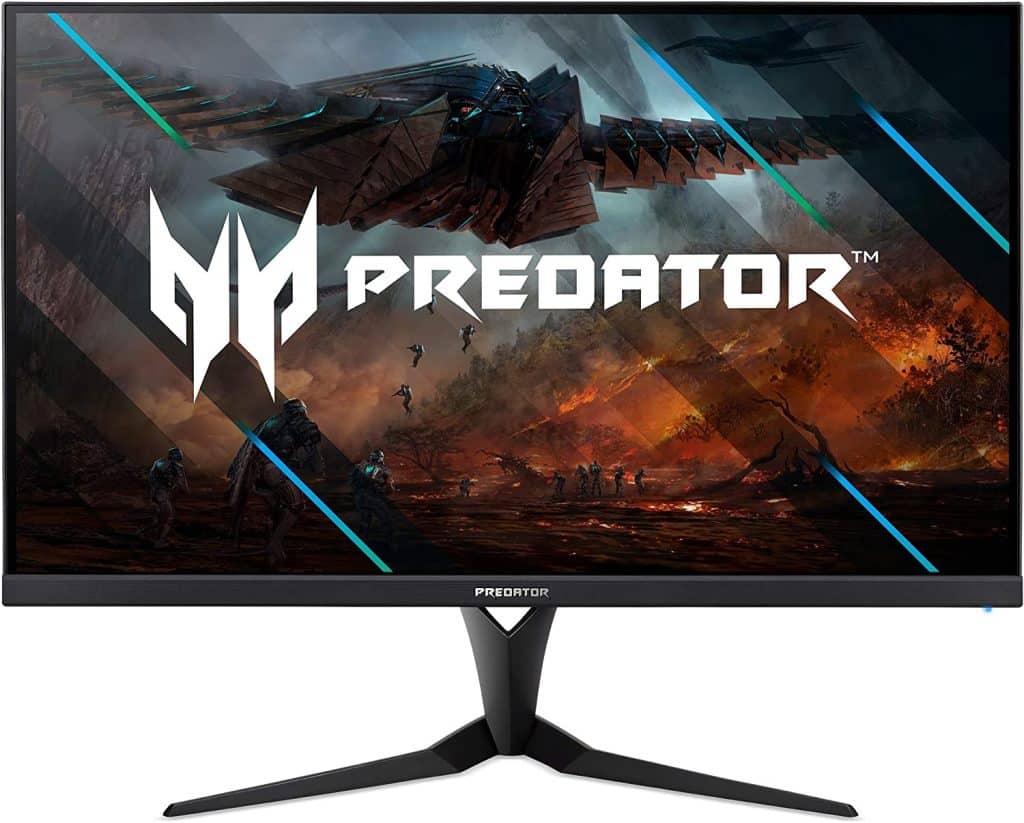
Monitors
The monitor configuration for gaming and video editing can differ in several ways. Here are the main differences to keep in mind:
Refresh rate: For gaming, a high refresh rate is important as it allows the monitor to display more images per second, resulting in a smoother gaming experience. A refresh rate of at least 60Hz is recommended for gaming, while for video editing a higher refresh rate is not as crucial.
Resolution: For gaming, a high-resolution monitor, such as 4K, is not as necessary as for video editing, where a high-resolution monitor is important to see the footage in the most accurate and detailed way.
Color accuracy: For gaming, color accuracy is not as important as for video editing, where color accuracy is crucial for color grading and matching footage from different sources.
Panel technology: For gaming, a fast response time is more important, TN (Twisted Nematic) panels are often preferred, as they have faster response times than IPS (In-Plane Switching) panels. For video editing, IPS is considered the best panel technology as it offers wide viewing angles, good color reproduction, and accurate color representation.
Monitor size: For gaming, a larger monitor can be beneficial to see more of the game, while for video editing, a larger monitor allows you to see more of the footage at once, making it easier to edit.
A dual or multi-monitor configuration is also beneficial for video editing as it allows you to have multiple windows open at the same time. A common setup is to have one color-accurate monitor for color grading and another larger monitor for editing. A third monitor could be used for reference, or for holding tools and pallets.
It is also important to note that even if you have the best monitor configuration, it is important to calibrate your monitor regularly to ensure that the colors you see on the screen match the colors of the final product.
When choosing a monitor for gaming, you should prioritize a high refresh rate and fast response time, while for video editing, you should prioritize a high resolution and color accuracy.
If you plan to use the same PC for both gaming and video editing, you might want to consider a compromise, by having a high-resolution monitor with good color accuracy, a refresh rate of at least 60Hz, and an IPS panel.
Conclusion
Gaming PCs can be used for video editing, but they may not be the best option for everyone. Video editing workstations are designed specifically for professional video editing and are often more powerful than gaming PCs. However, for those who already own a gaming PC, or those who want to save money by building a custom gaming PC, it can be a good choice for video editing.

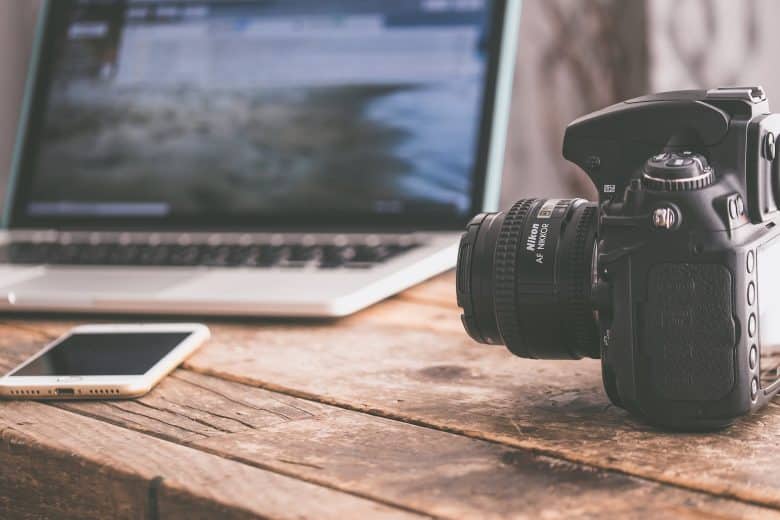
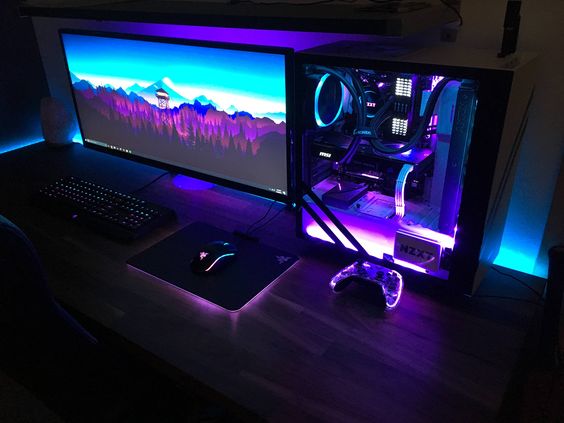





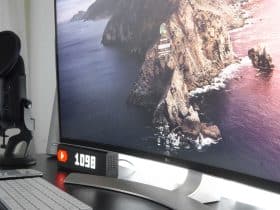
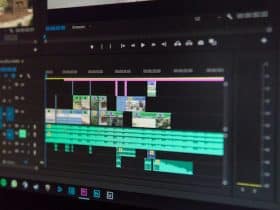
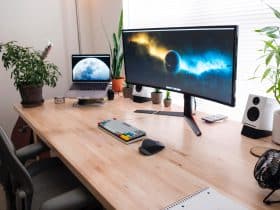

Leave a Reply